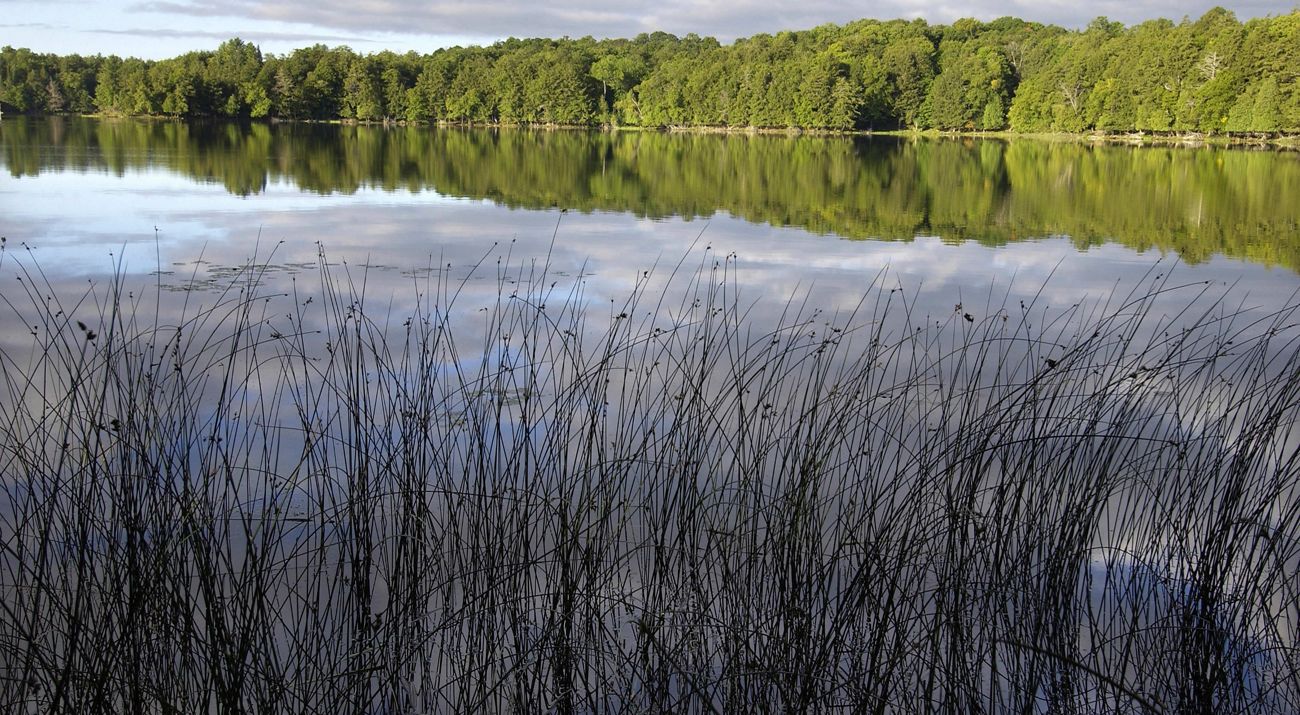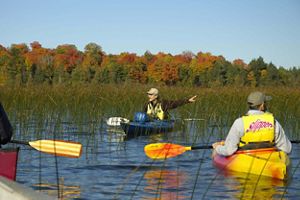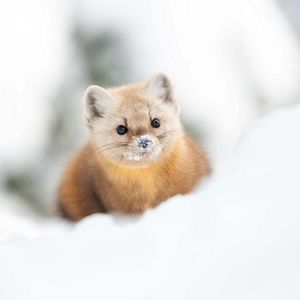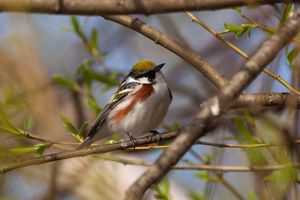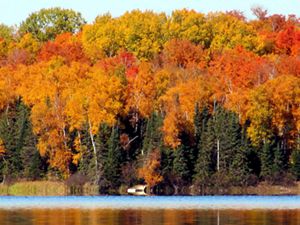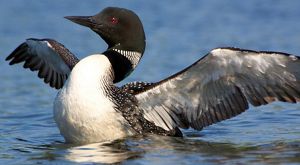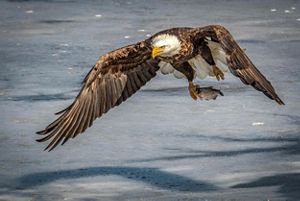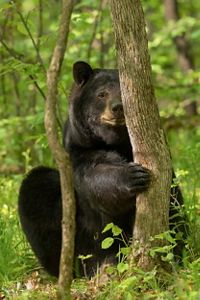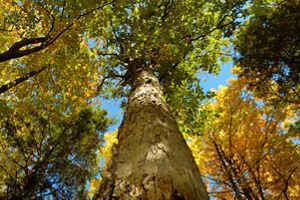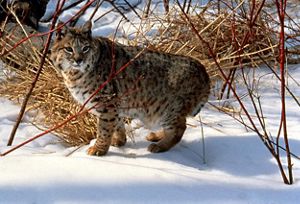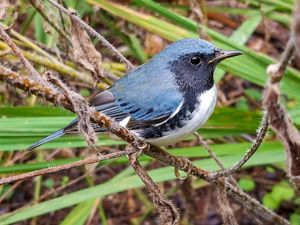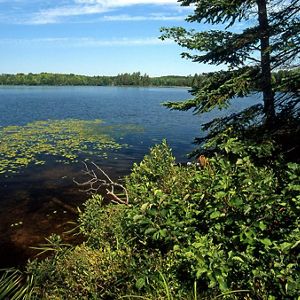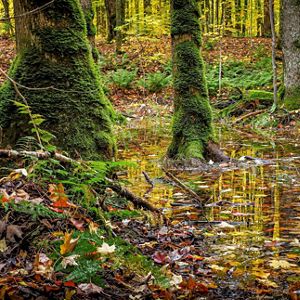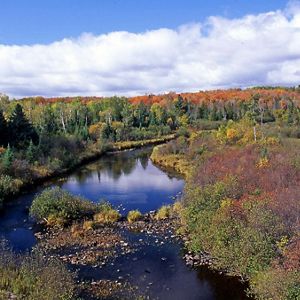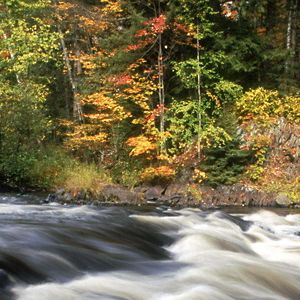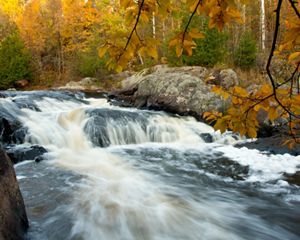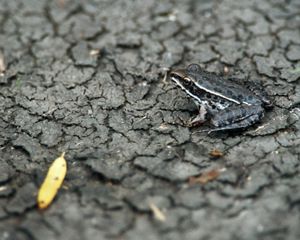Description
At the Guido Rahr, Sr. Tenderfoot Forest Reserve, you can hike through 500 acres of old-growth forest and explore nearly four miles of undeveloped shoreline on the pristine waters of Tenderfoot, Roach, and Mirror lakes.
Tenderfoot Reserve is a critical link in a network of public and private forest lands that make up the Border Lakes Area, which spans about 24,000 acres in Vilas County. The area harbors white pines up to 400 years old and includes wetlands, spring-fed ponds, many wild lakes and streams.
The Border Lakes Area is also the headwaters of the Presque Isle and Ontonagon Rivers. The Tenderfoot property contributes surface water and groundwater to both rivers, whose watersheds cover more than 1.25 million acres in Wisconsin and Michigan. Land management will play an important role in protecting water quality in these two important rivers.
